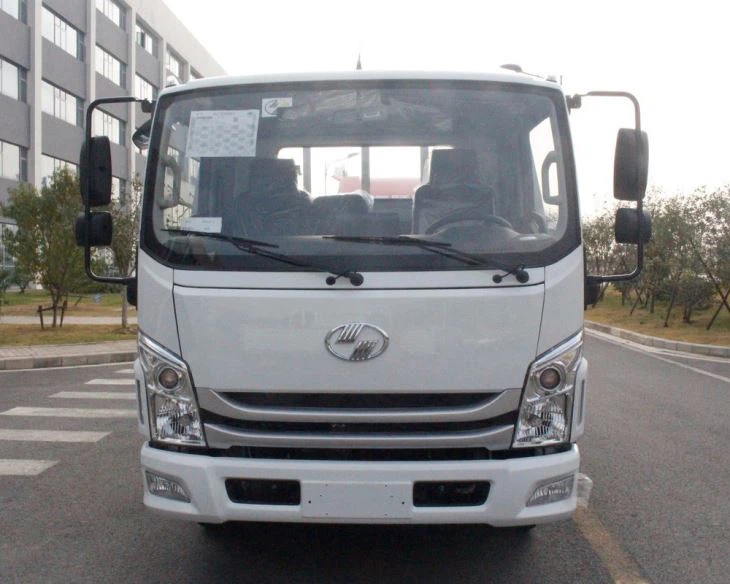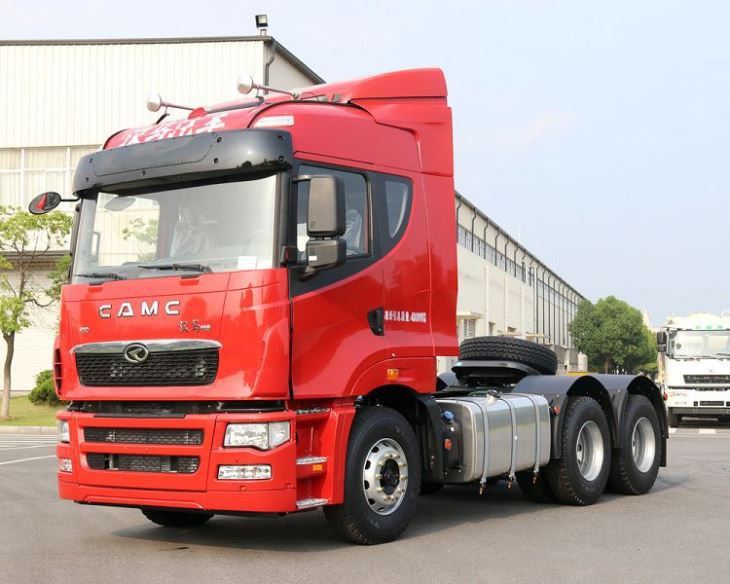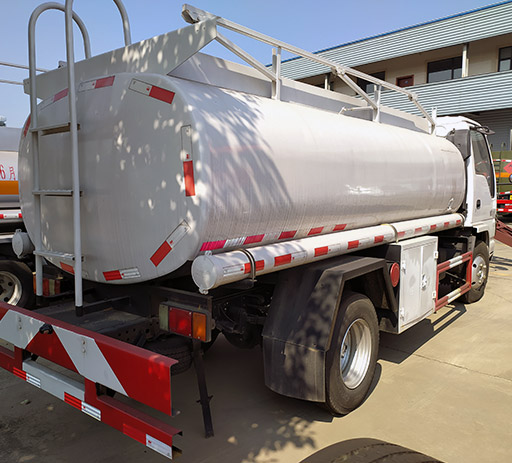Essential Guide to Walking Floor Trailer Parts

Introduction
Walking floor trailers have revolutionized the freight transport industry, allowing for efficient loading and unloading of bulk materials. These trailers use an innovative system of slats that can move in a wave-like motion, enabling the cargo to slide out without the need for a traditional tipping mechanism. However, just like any other vehicle, walking floor trailers require regular maintenance and care. Understanding the essential parts of a walking floor trailer is crucial for maximizing its performance and longevity. In this comprehensive guide, we will delve into the various components of walking floor trailers, their functions, maintenance tips, and much more.
What is a Walking Floor Trailer?
A walking floor trailer is a type of open-top trailer designed for transporting bulk materials such as wood chips, agricultural products, and construction materials. Unlike traditional dump trucks, these trailers utilize a series of hydraulic-powered floors that move in a way that allows the load to slide out easily. The design helps reduce spillage and allows for precise unloading in tight spaces.
How Walking Floor Trailers Work
The key to how walking floor trailers operate lies in their unique hydraulic system. The floors are made up of individual slats that can move forward and backward in a smooth, coordinated motion. This movement can be controlled by a driver from the cab of the truck, allowing for precise unloading without tilting the trailer. Here’s a simple breakdown of the components involved:
- Hydraulic system
- Control unit
- Floor slats
- Frame and body
Main Components of Walking Floor Trailers
1. Hydraulic System
The hydraulic system is the heart of the walking floor trailer. It consists of various parts including hydraulic pumps, cylinders, and hoses that work together to move the slats. Regular checks and maintenance of the hydraulic system are essential to ensure it operates smoothly.
Maintenance Tips for the Hydraulic System
- Regularly check for leaks in hoses and fittings.
- Inspect the hydraulic fluid level and quality.
- Replace any worn hoses before they burst.
2. Control Unit
The control unit is usually located in the cab of the truck, allowing the driver to operate the hydraulic system. Understanding how to use the control unit correctly can significantly enhance unloading efficiency.
Practical Example
When unloading, it’s crucial to operate the control unit in a steady manner, pausing briefly to allow the cargo to flow freely, thus emptying the trailer uniformly.
3. Floor Slats
The floor slats are movable panels that shift to push the cargo out of the trailer. These slats are typically made of durable materials to withstand heavy loads and wear and tear.
Types of Floor Slats
| Type | Material | Advantages |
|---|---|---|
| Steel Slats | High-strength steel | Durability, High payload |
| Aluminum Slats | Lightweight aluminum | Reduced trailer weight, Easy maintenance |
4. Frame and Body
The frame and body provide structural integrity to the trailer. Made from high-grade steel or aluminum, these components are designed to handle heavy loads and resist corrosion.

Maintenance Tips for Frame and Body
- Regularly inspect for rust and damage.
- Repaint areas showing wear to prevent corrosion.
5. Wheels and Axles
The wheels and axles are fundamental for the mobility of the walking floor trailer. They must be regularly inspected for wear and tear, and the wheel bearings should be greased routinely.
Practical Example
Check tire pressure before long hauls. Under-inflated tires can lead to increased fuel consumption and decreased handling performance.
Common Issues with Walking Floor Trailer Parts

1. Hydraulic Failures
Hydraulic failures can lead to inability to unload cargo. Regularly check and maintain hydraulic fluid and components.
2. Slat Damage
Damage to floor slats can cause uneven unloading or complete failure to unload. Replace damaged slats immediately to prevent further issues.
3. Frame and Body Wear
Rust and physical damage can weaken the structural integrity. Regular maintenance and timely repairs are essential to avoid accidents.
Safety Features and Regulations for Walking Floor Trailers
Walking floor trailers must comply with safety regulations to ensure the safety of operators and others on the road. Some important safety features include:

- Load stabilization systems
- Safety locks on hydraulic systems
- Reflectors and lights for visibility
Understanding local and national regulations can help decrease the likelihood of fines or penalties. Ensure the trailer is registered and inspected according to the law.
The Importance of Regular Maintenance
Regular maintenance is crucial to the longevity and performance of walking floor trailers. Following a structured maintenance schedule can save money in the long run and improve efficiency. Below are common maintenance practices:
- Weekly inspections of critical components.
- Replacing hydraulic fluid as recommended by the manufacturer.
- Annual professional inspections for wear and tear.
Frequently Asked Questions (FAQ)
1. What are the advantages of using walking floor trailers over traditional trailers?
Walking floor trailers allow for easier loading and unloading without the need for tipping, which minimizes spillage and can operate in tighter spaces.
2. How often should I perform maintenance on my walking floor trailer?
It is advisable to perform regular checks weekly and complete professional maintenance annually to ensure longevity and performance.
3. Can I retrofit a traditional trailer to become a walking floor trailer?
Retrofit options exist but involve significant modification. It’s often more cost-effective to purchase a dedicated walking floor trailer.
4. What type of cargo is best suited for walking floor trailers?
Walking floor trailers are ideal for bulk materials such as wood chips, aggregates, and agricultural products, thanks to their efficient unloading capability.
5. Are walking floor trailers suitable for all types of roads?
Yes, walking floor trailers can navigate various road conditions, but it’s essential to consider the weight and type of cargo being transported.
6. How can I improve the efficiency of my walking floor trailer?
Regular maintenance, proper loading techniques, and ensuring that slats and hydraulic systems are in good condition can significantly enhance efficiency.
